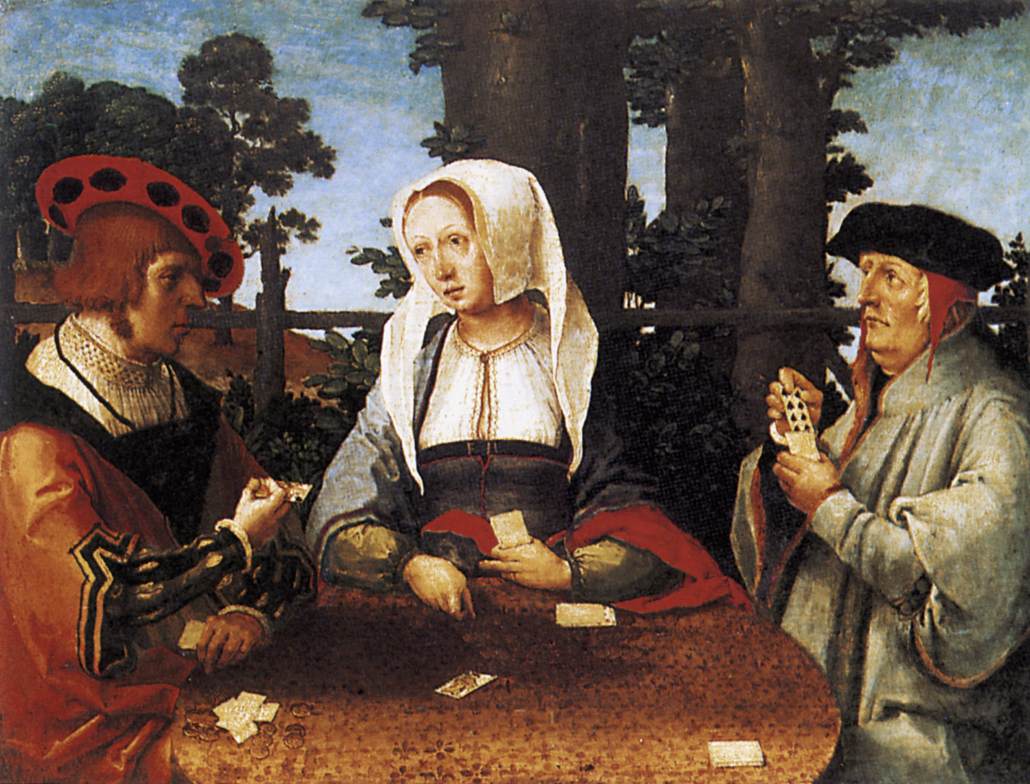Tudor Sports
Contents
The sports and games that were enjoyed during the Tudor period were generally a reflection of the pastimes that were enjoyed by the monarch. Henry VIII was very athletic in his youth and was a keen hunter, while his daughter, Elizabeth enjoyed bear-baiting. Sport, however, was not something that the general population had access to.
In fact, Henry VIII passed a law in 1512 that prohibited the common man from taking part in sporting activities such as real tennis, skittles, bowls or card, and dice games. It was thought that the common man should save all of his energy for his work. The only exception to this rule was on religious holidays.
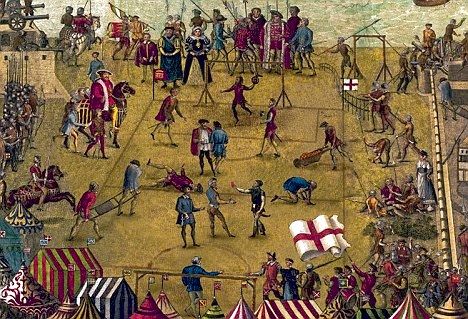
What games did Henry VIII play?
The king often took part in games like gambling and betting games in the court. Henry was a very active person in his youth and enjoyed sports like hunting and archery.
Henry VIII was a very talented musician and his favourite past, in his later years, became composing and playing music. He could play multiple musical instruments and would often write and compose songs. Henry often composed songs for his wives.
What were the popular Tudor Sports?
What games did they play in the Tudor times?
Football was a popular game, though few would recognize it as the game which is played in England today. There were no set rules as to how many people could be on the field at the same time, and there was around a mile in distance between the opposite goal posts. Players were also allowed to handle the ball as well as kick it. It was a very rough game with many injuries caused as a result.
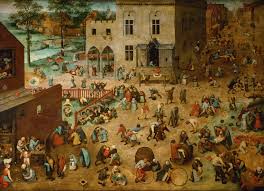
As the majority of men who played the game were young and athletic, Henry VIII ruled that the game be banned in 1540 in order that these men be fit to serve in the army should the need arise. It was thought by the noble classes that the common man would easily get carried away in any game he partook in which would mean trouble within the community. It was thought that their time would be best served at work or at home.
The nobility, of course, could partake in whatever they considered being a sporting pursuit at the time. Jousting was very popular, as was the hunting of deer, though the poor were only able to hunt for rabbit or hares. Many of the sports that were popular during the Tudor period are now banned, such as cockfighting and bear-baiting.
shuttlecock was similar to badminton archery, billiards, hunting and riding, wrestling were some of the other popular games.
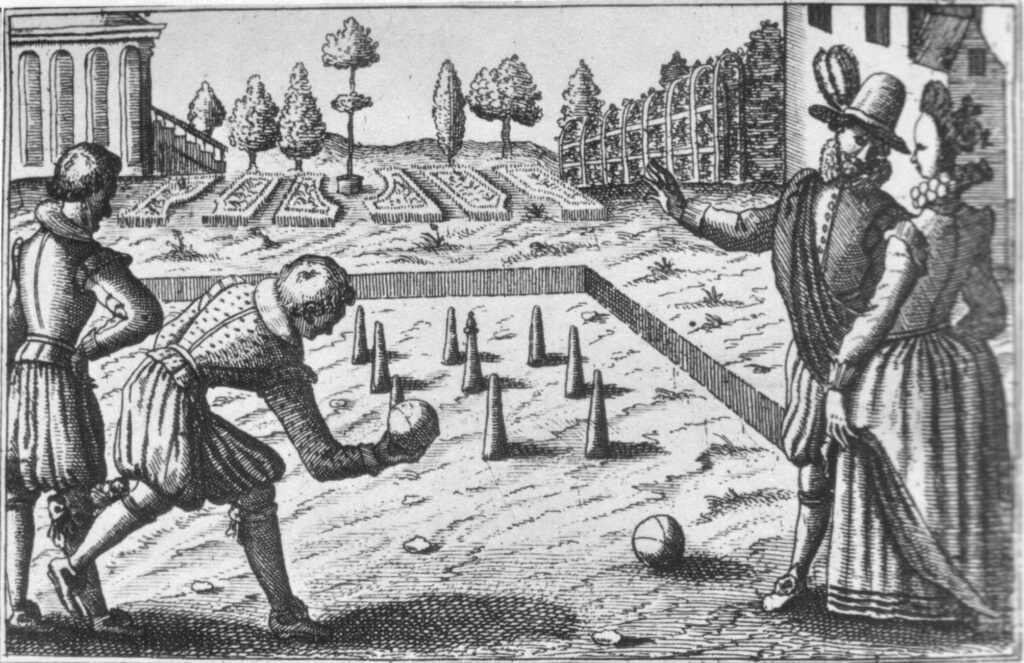
Electric Football – A Famous Tudor Game
Electric Football is an American football game played on the tabletop usually on a metal vibrating field. It became so popular that many hours of fun were easily passed playing the game indoors only.
Its history dates back to 1929 when Elmer Sas incorporated the metal products of Tudor in New York City. Initially, the company was not successful and went into depression, after which Norman, son of Elmer became the Tudor president and invented the so popular game called Electric Football.
Norman was inspired from the vibrating car race game previously made by Tudor. The earlier version of Electric Football which was #500 caught the players attention, but the feature of moving the players in real in this new electric football due to the vibration by the electromagnet motor under the influence of the metal field made this a unique game with a distinctive feature. There was a provision made for actual passing and kicking which made it more lucrative.
The game became an instant hit and was one of the hottest selling game during the Christmas time. Around 70 million games were sold out at that time. Tudor became very famous with this game and then they designed the first-ever- Plastic 3D players.
Then in the year, 1960’s Norman Sas met Lee Payne, an industrial designer who set out a new prototype of players that would add realistic features to the game and would start a new revolution in the Electric Football. The new model was then represented as #600. Although there were figures in 5 different poses that were real, Payne thought to sell them on the idea of painting the figures with the help of NFL uniform colours.
After Payne became the head of the product development for Tudor games, he used a soft plastic material to produce the Triple Threat Quarterback which was able to run, pass and kick.
Later in 1967, Tudor introduced his new flagship model #620 with complete modifications that have improved metal playing surface, the scoreboard with cardboard backdrop, Tudor games NFL style goal post and the painted teams using NFL. This was now the new standard for the Electric Football, that made it more popular.
The electric football game that is featured for today’ generation has many local, national and international tournaments and leagues that have hundreds of participants and coaches that all together held a World Championship tournament.
Table Games
They are also called Tudor party games. Hazard was a popular game played like Craps. In one variation of tennis, it was played with the palm of your hand. You would hit the ball with it, rather than with a racquet, over a rope tied across the centre of the court.
The word for backgammon was tables. The “ace-deuce” version is called the Corsican game. Landsknecht was another card game that was easy to play. Primero and Taroccho were played with tarot cards.
Chess was also pretty popular in the Tudor era, given that people played this game from the middle-ages. The rules of the game, however, were significantly different from the rules today. In fact, from the mid to late fifteenth century, the queen, that was a weak piece went on to become the most powerful piece on the board.
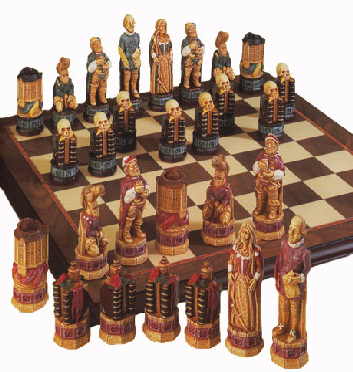
This change might be linked to the powerful women rulers who emerged in the medieval era, such as, Isabella of Castile and Anne of Beaujeu. Katherine Parr, Mary Queen of Scotts and Elizabeth I – all have been known to play chess. It was an integral part of court life.
Other sports
Lawn bowling was another sport. Pall Mall was popular in France and Scotland but was not played in England.
Gambling was also extremely popular in the 15th and 26th century. While the government constantly tried to discipline the taverns and dicing houses, and stoping less reputable places from hosting gambling, people always crept into the dark alleys in search of dicing houses.
An Act was passed in 1542 stating that no farmer, artisan, fisherman, labourer, waterman were allowed to play unlawful games except during Christmas. Games like bowls, dice, skittles were banned. However, it was hardly successful and the law was frequently breached.
Tudor era Games for kids
Kids, in the Tudor era, usually enjoyed board games like chess, dice games and a backgammon version called the ‘squares’. Kids from rich families played billiards. Mary Queen of Scots was very fond of this game.
What were the Favorite Tudor Pastimes?
During the reign of Elizabeth, the theatre gained great popularity. The famous Globe Theatre in London was designed to mimic the appearance of a bear pit, ensuring that everyone that attended could see what was going on the stage. When the English weather proved too poor for outdoor pursuits such as hunting, activities were carried on indoors with games involving cards and dice. Board games were also popular, especially a game known as ‘Tables’, what we call backgammon today.
Social drinking in taverns, alehouses, or tippling houses was a favourite pastime.
Gambling, Playing at dice is dicing.
Theatre / plays watching during the day. Plays would vary each day.
Until playhouses came in 1576; performances were in an inn yard. Veiled or masked Ladies could also attend.
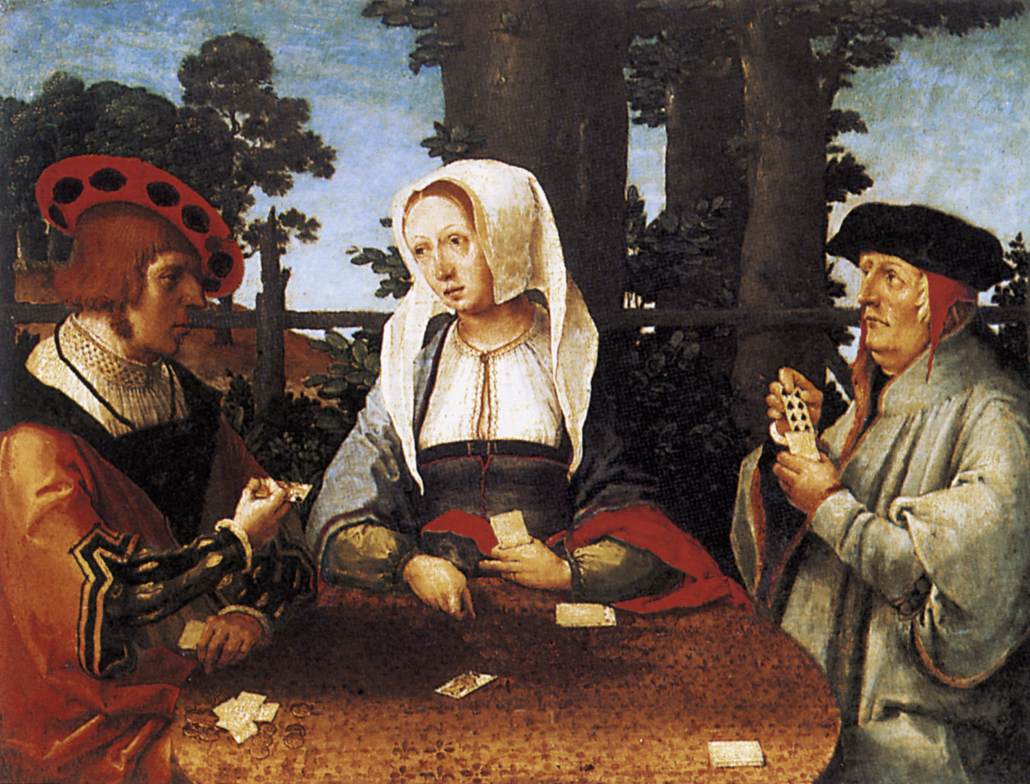
It was such a common game that a board was found amongst the wreckage of the Mary Rose. Not all games involved an actual board though as it was more common, especially amongst the poor to mark out a playing surface on the ground. Skittles were popular as was an old form of billiards, Mary Queen of Scots herself had a billiards table and is recorded as having complained that it had been taken away from her during her imprisonment.
Other hobbies or leisure activities were
Reading, Writing poetry, Writing letters
Walking in the garden, Shopping, Visiting fortune teller, meeting friends, Eating, wedding Planning, visit a physician, Disciplining your servants/maids.
